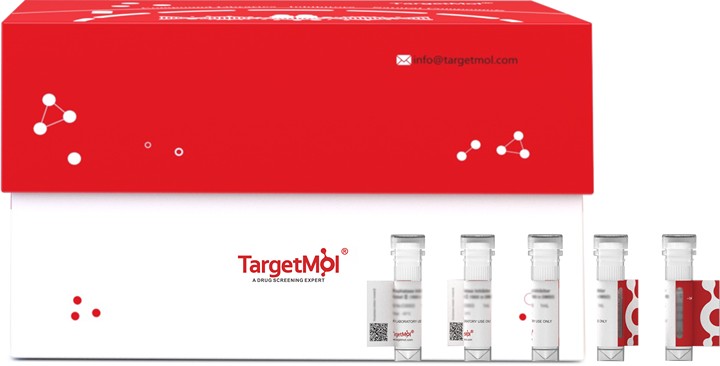Shopping Cart
Remove All Your shopping cart is currently empty
Your shopping cart is currently empty
Siglec-10 Protein, Human, Recombinant (hFc) is expressed in HEK293 Cells. The accession number is Q96LC7.

| Pack Size | Price | USA Warehouse | Global Warehouse | Quantity |
|---|---|---|---|---|
| 5 μg | $70 | 7-10 days | 7-10 days | |
| 10 μg | $112 | 7-10 days | 7-10 days | |
| 20 μg | $183 | 7-10 days | 7-10 days | |
| 50 μg | $360 | 7-10 days | 7-10 days | |
| 100 μg | $498 | 7-10 days | 7-10 days | |
| 200 μg | $883 | 7-10 days | 7-10 days | |
| 500 μg | $1,890 | 7-10 days | 7-10 days | |
| 1 mg | $3,390 | 7-10 days | 7-10 days |
| Biological Activity | Immobilized CD24-His (CD4-H52H3-100 µg) at 5.0 μg/ml (100 μl/well) can bind Siglec-10, hFc, Human. |
| Description | Siglec-10 Protein, Human, Recombinant (hFc) is expressed in HEK293 Cells. The accession number is Q96LC7. |
| Species | Human |
| Expression System | HEK293 Cells |
| Tag | hFc |
| Accession Number | Q96LC7 |
| Synonyms | SLG2,SIGLEC-10,Sialic acid binding Ig-like lectin 10,PRO940,MGC126774 |
| Construction | Met17-Thr546 |
| Protein Purity | > 90% as determined by SDS-PAGE |
| Molecular Weight | ~85.9 kDa (Reducing conditions) |
| Endotoxin | < 1 EU/μg of protein as determined by the LAL method. |
| Formulation | Supplied as a solution in PBS, pH 7.0-7.2. |
| Stability & Storage | Upon receiving, this product remains stable for up to 6 months at -20°C or below. Please avoid repeated freeze-thaw cycles. |
| Shipping | Shipping with blue ice. |
| Research Background | Siglec-10 is immune system-restricted and highly expressed in peripheral blood leukocytes. Siglec-10 preferably binds to α-2,3- or α-2,6-linked sialic acid (similarity). Siglec10 is involved in the negative regulation of B cell antigen receptor signal transduction. The inhibition of B cell activation depends on PTPN6/SHP-1 (by similarity). The binding of Siglec10 to CD24 may be involved in the selective suppression of the immune response (by similarity) to risk-related molecular patterns (DAMPs) (such as HMGB1, HSP70 and HSP90). The combination of Siglec10 and CD24 may regulate the immune response of natural killer (NK) cells. Play a role in controlling autoimmunity (by similarity). In the process of initiating an adaptive immune response by CD8-α+ dendritic cells, cross-presentation is inhibited by weakening the formation of MHC class I peptide complexes. The function seems to imply the recruitment of PTPN6/SHP-1, which dephosphorylates NCF1 of the NADPH oxidase complex, thereby promoting phagosome acidification (by similarity). |
| Size | Quantity | Unit Price | Amount | Operation |
|---|

Copyright © 2015-2025 TargetMol Chemicals Inc. All Rights Reserved.